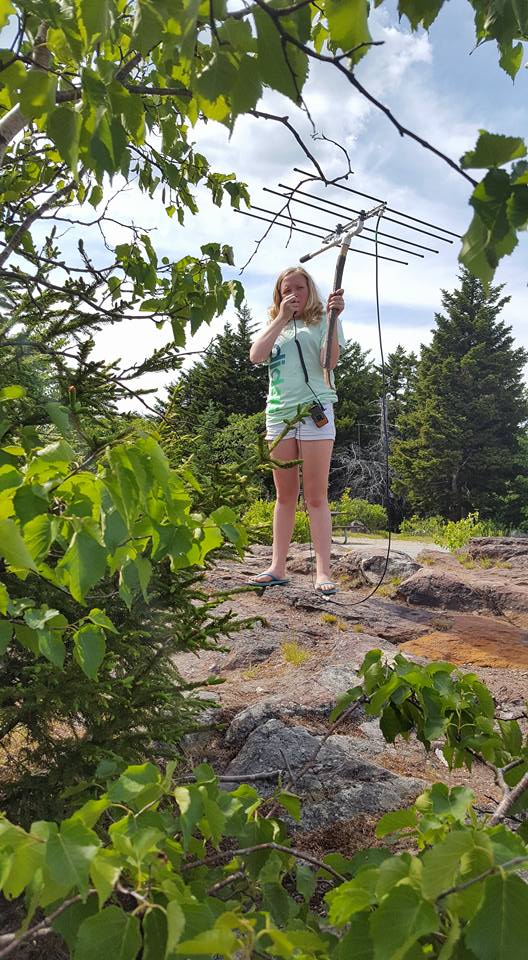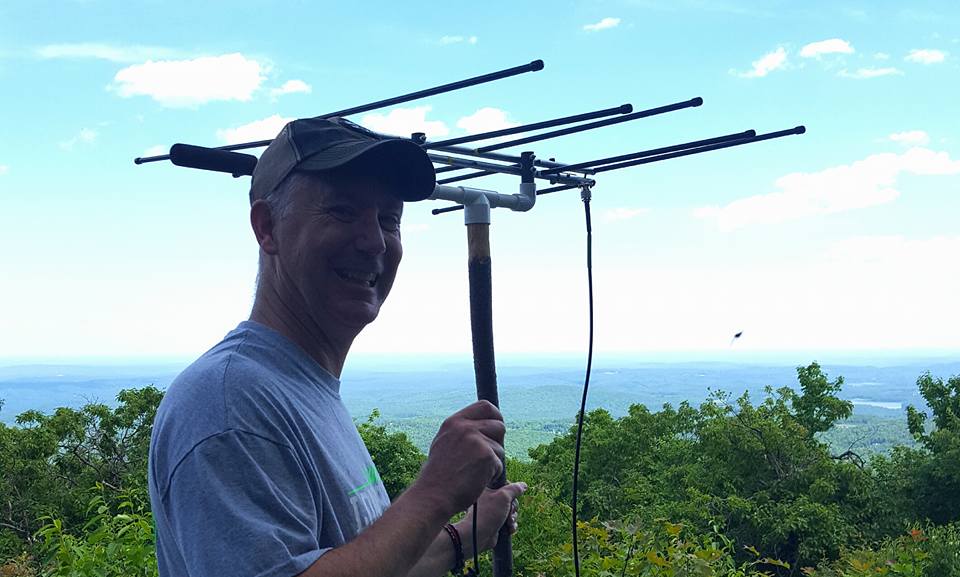The Nashua Area Radio Club has a dedicated team of Ham Radio license class instructors and we offer Technician, General, and Amateur Extra classes twice a year. We have a great track record using the Gordon West class materials and have 68 graduates who got their initial license or upgrade.
Our classes are held at Dartmouth-Hitchcock Nashua, 2300 Southwood Drive in Nashua.
We setup a live VHF and HF station in the classroom, which allows us to provide live demonstrations of the class material. This helps students to better understand the material and also give them an idea of what they can do with their license once they have it.

This season, two new instructors have joined our team, Greg Fuller, W1TEN and Brian Smiglieski, AB1ZO, who are both graduates of our May 2016 Extra Class. They join our existing instructors Dave, N1RF, Skip K1NKR, Wayne AG1A, Aron W1AKI, Anthony, KC1DXL, Wayne, KB1HYL, Fred, AB1OC and Anita, AB1QB.
We will hold a License Exam Session at the end of each class, starting a 4:00 pm on Sunday.
We have scheduled 3 classes for this fall:
| Date | Class | Class Fee (due in advance) | Book |
|---|---|---|---|
| September 24-25 | Technician | $30 | Gordon West Technician Class Manual 2014 - 2018 |
| October 22-23 | General | $30 | Gordon West General Class Manual 2015 - 2019 |
| December 2-4 | Amateur Extra | $40 | Gordon West Extra Class Manual 2016 - 2020 |
More information can be found in the flyers below. Please pass this information along to anyone you know who is interested in a Ham Radio License or an upgrade. Contact Anita, AB1QB at [email protected] to sign up.
Anita, AB1QB









